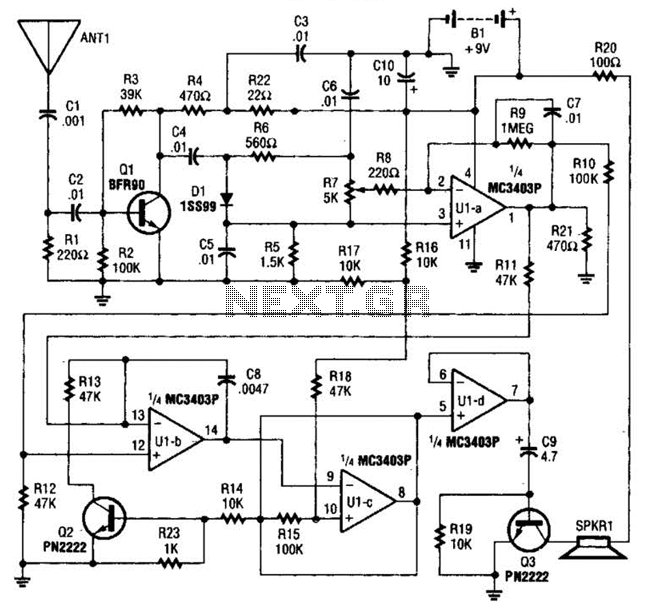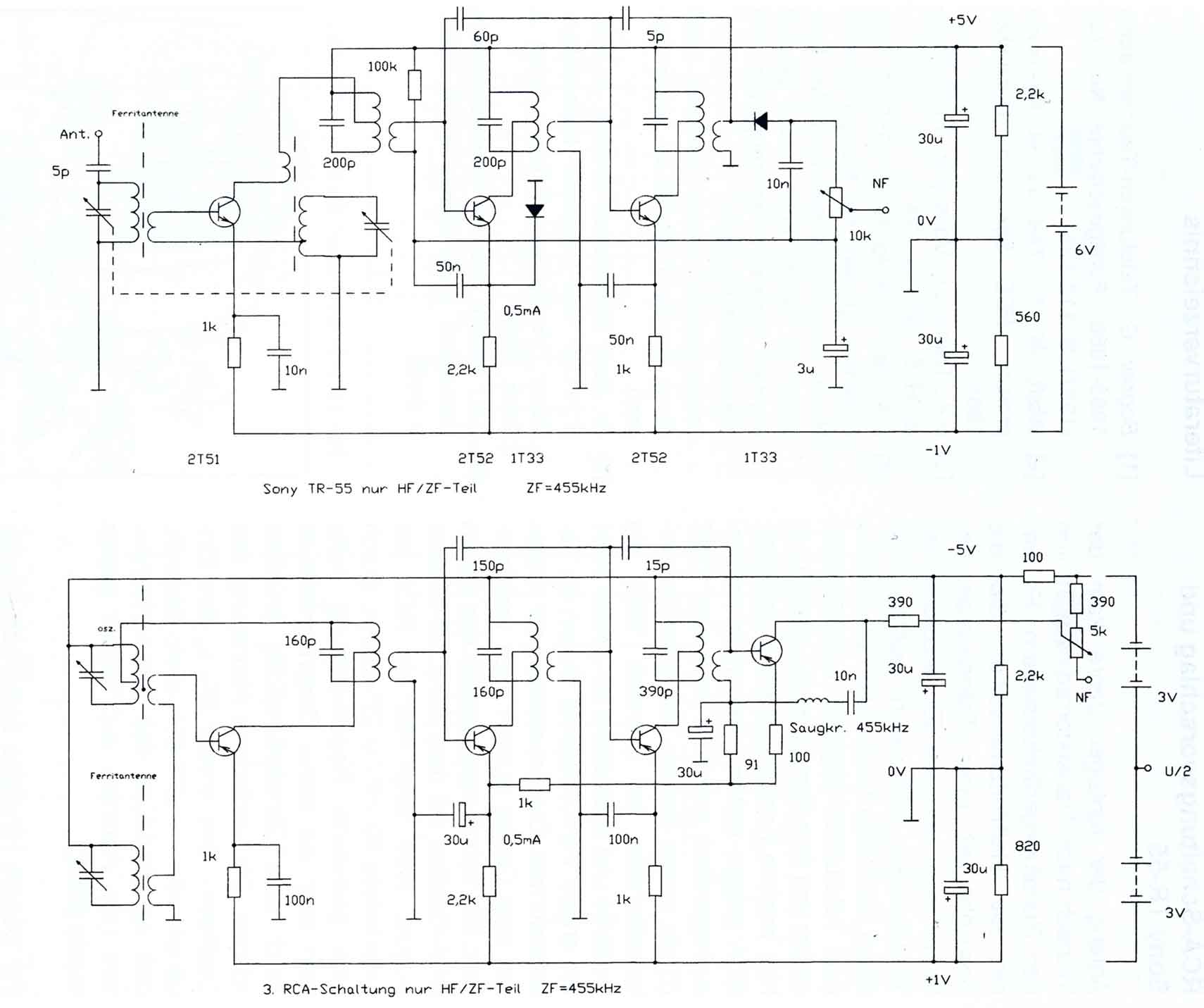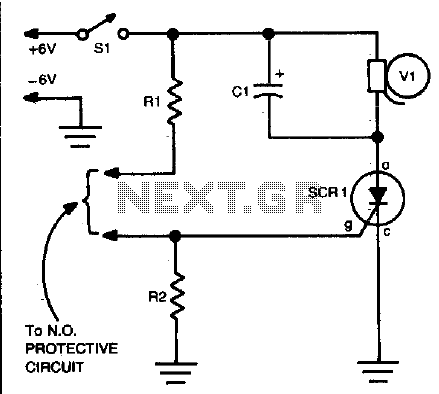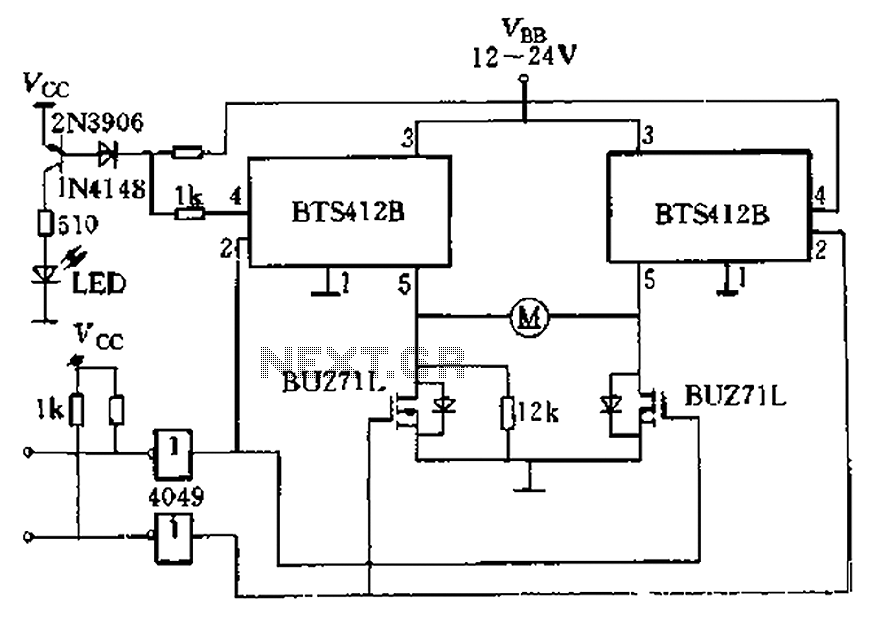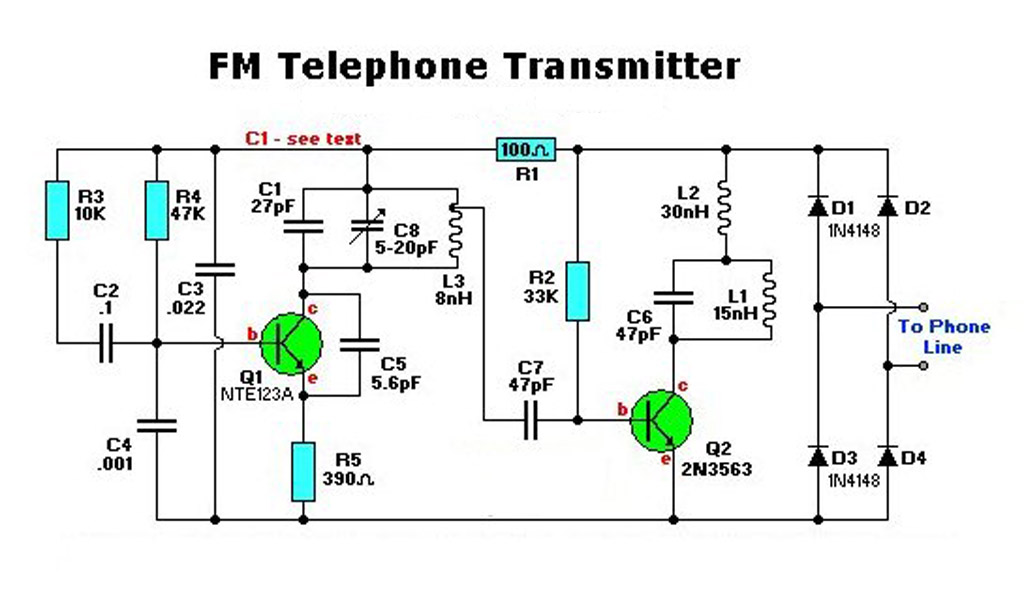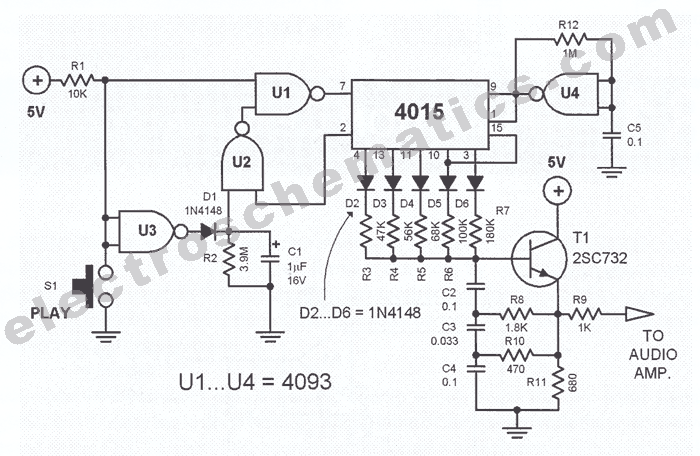
Power Resumption Alarm circuit
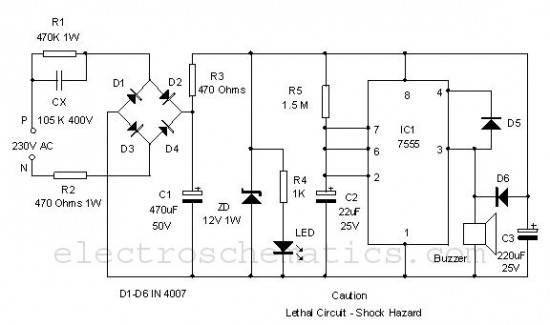
This is a simple power resumption alarm circuit that can be installed within the switch box. It emits beeping sounds when power is restored following a power outage.
The power resumption alarm circuit serves as a practical solution for alerting users to the restoration of electrical supply after an interruption. The circuit typically comprises a few essential components: a power supply unit, a microcontroller or timer, a beeper or buzzer, and a relay.
Upon the restoration of power, the microcontroller or timer detects the voltage level and triggers the beeper to emit sound signals. The circuit can be designed to include a delay feature, ensuring that the alarm only activates after a specified period, which can prevent false alarms during transient voltage fluctuations that may occur immediately after power restoration.
The installation of the circuit within the switch box allows for a compact design, ensuring that it does not occupy additional space in the user's environment. The connections should be made with care to ensure that the circuit is safely integrated with the existing electrical system.
To enhance functionality, a visual indicator such as an LED can be added to provide a visual cue along with the audible alarm. Additionally, the circuit may include options for adjusting the volume of the beeping sound or even a reset button to silence the alarm after it has been triggered.
Overall, the power resumption alarm circuit is a straightforward yet effective device that enhances safety and awareness in environments prone to power outages.Here is a simple Power resumption alarm circuit that can be fixed inside the switch box itself. It gives beeps when the power resumes after a power failure. 🔗 External reference
The power resumption alarm circuit serves as a practical solution for alerting users to the restoration of electrical supply after an interruption. The circuit typically comprises a few essential components: a power supply unit, a microcontroller or timer, a beeper or buzzer, and a relay.
Upon the restoration of power, the microcontroller or timer detects the voltage level and triggers the beeper to emit sound signals. The circuit can be designed to include a delay feature, ensuring that the alarm only activates after a specified period, which can prevent false alarms during transient voltage fluctuations that may occur immediately after power restoration.
The installation of the circuit within the switch box allows for a compact design, ensuring that it does not occupy additional space in the user's environment. The connections should be made with care to ensure that the circuit is safely integrated with the existing electrical system.
To enhance functionality, a visual indicator such as an LED can be added to provide a visual cue along with the audible alarm. Additionally, the circuit may include options for adjusting the volume of the beeping sound or even a reset button to silence the alarm after it has been triggered.
Overall, the power resumption alarm circuit is a straightforward yet effective device that enhances safety and awareness in environments prone to power outages.Here is a simple Power resumption alarm circuit that can be fixed inside the switch box itself. It gives beeps when the power resumes after a power failure. 🔗 External reference
